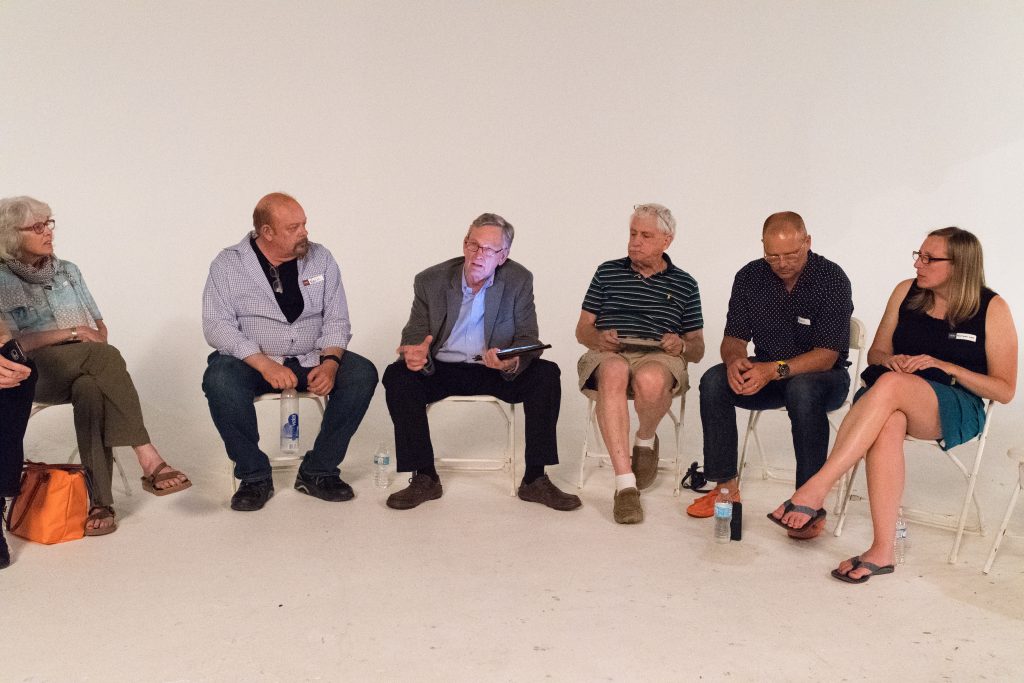When a client contacts a photographer for a job, there are several key questions and pieces of information that the photographer should gather to provide the best possible service. Some of these include:
- Type of event or photoshoot: The photographer needs to know what kind of event or photoshoot they will cover, such as a wedding, portrait session, corporate event, etc.
- Date and location: The photographer will need to know the date and location of the event or photoshoot.
- Duration: The photographer will need to know how long the event or photoshoot will last.
- Client’s vision and style: The photographer will want to understand the client’s vision and style for the event or photoshoot, including any specific ideas or themes they have in mind.
- Budget: The photographer will want to discuss the client’s budget for the job, including any specific concerns or constraints.
- Prints and products: The photographer will want to know if the client wants any prints or products, such as albums, canvases, or digital files.
- Editing and retouching requests: The photographer will want to know if the client has any specific requests for editing and retouching, such as specific filters or effects they wish to be applied.
- Contact information: The photographer will want to get the client’s contact information, such as their name, email address, and phone number, to stay in touch and provide updates on the job.
- Deadline: The photographer needs to know when the deliverable is expected. Sometimes the client even needs photos during the event or within the hour after the event. Most of the time, they are comfortable with a few days before getting the deliverable, but you need to know their expectations.
By gathering this information, the photographer can better understand the client’s needs and tailor their services to meet their requirements.

Ending the Phone Call
Before ending a phone call with a client, the photographer should summarize the key points discussed during the call and confirm the next steps. For example, they might say something like:
“Okay, so I understand that you’re looking for a photographer for a wedding on June 12th, and you’re interested in having a mix of posed and candid shots. You’re also looking for a package that includes a digital album and some prints. I’ll send you a detailed estimate and some examples of my work in the next few days. Thank you for the call, and I look forward to hearing back from you.”
Regarding giving a formal estimate to the client, it is a good practice to send it in writing after the call rather than giving it verbally. This provides a clear and detailed record of the agreed-upon services and costs, which can be referred to later if necessary. Additionally, it allows the client to take their time to review and consider the estimate, and it gives the photographer a chance to carefully consider the client’s specific needs and requirements before putting together a proposal.
Most of the time, end the call so you can work on the estimate
When you need to end the call and let the client know that you need to work through the numbers before providing a quote, you can use polite and professional phrasing such as:
“Thank you for taking the time to speak with me today. I have all the information I need to provide you with an accurate estimate. I’ll consider all your requirements and preferences and get back to you as soon as possible with a detailed quote. If you have any other questions, don’t hesitate to reach out. Have a great day!”
This lets the client know that you are taking their request seriously and working on providing a comprehensive quote. It also demonstrates professionalism and customer service, which can help to build trust and establish a positive relationship with the client.

When You Must Give a Quote Right Away
Sometimes, a photographer may need to give a quote before the end of the call, such as when the client has a tight deadline or when they need to make a decision quickly. For example, suppose a client contacts a photographer for an event that is taking place the following week and needs to secure a photographer as soon as possible. In that case, the photographer may need to provide a quote during the initial call. In these cases, the photographer should still try to gather as much information as possible about the client’s needs and requirements and then provide a quote that is as accurate and detailed as possible, given the limited information available.
For example:
Client: “Hi, I’m interested in hiring a photographer for an event next weekend. Can you give me a quote?”
Photographer: “Of course! Can you tell me a little more about the event, including the date and location and what kind of coverage you’re looking for?”
Client: “The event is next Saturday, a corporate function downtown. We need someone to cover the event for 5 hours, including both posed and candid shots.”
Photographer: “Okay, I can certainly do that for you. Based on your information, I can give you a rough estimate of $X. Please keep in mind that this is a rough estimate, and a more detailed quote can be provided once I have more information. Does that work for you?”
In this scenario, the photographer provides a quote as requested by the client but notes that the quote is a rough estimate and that a more detailed quote can be provided later. This allows the photographer to secure the job and provide a more accurate quote once they have all the necessary information.

